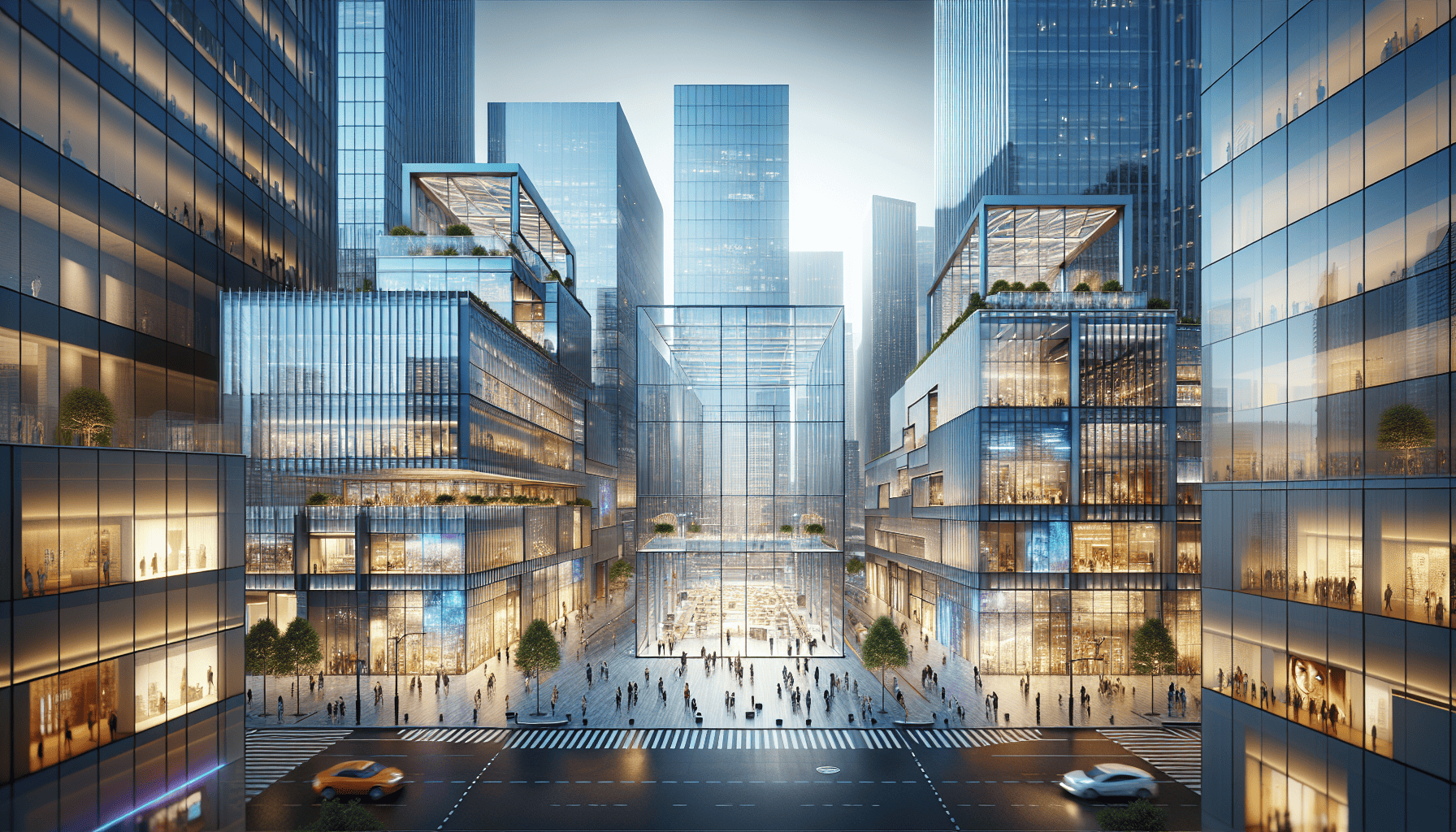Urban Transformation through Modern Designs
South African cities are currently undergoing a remarkable transformation, driven by the integration of modern architectural designs. These innovations are not only revamping the visual appeal of urban landscapes but are also enhancing functionality, sustainability, and livability for residents. This movement towards modern design is reshaping cityscapes in ways that reflect contemporary needs while paying homage to the rich cultural heritage of the region.
One of the most significant aspects of this transformation is the emphasis on sustainable architecture. South African architects are increasingly adopting eco-friendly materials and green building techniques that reduce environmental impact. For instance, the use of solar panels, rainwater harvesting systems, and energy-efficient insulation has become commonplace in new developments. These technologies are crucial in a country that enjoys abundant sunshine yet faces water scarcity and energy challenges.
In addition to sustainability, modern designs are focusing on modular and flexible spaces. This approach addresses the growing demand for versatile environments that can adapt to different uses over time. In urban areas where space is often limited, multi-functional buildings that accommodate residential, commercial, and recreational activities within the same structure are becoming popular. This not only optimizes space but also fosters a sense of community by bringing various aspects of city life into closer proximity.
A prime example of this innovative urban transformation can be seen in Cape Town. The city has witnessed a surge in mixed-use developments that blend residential living with business and leisure spaces. The V&A Waterfront, for instance, is a vibrant hub that combines shopping, dining, and entertainment with residential apartments and office spaces, all designed with modern aesthetics and functionality in mind.
Moreover, modern architectural designs in South Africa are challenging traditional perceptions by incorporating elements that reflect local heritage and cultural diversity. Architects are blending contemporary styles with indigenous materials and designs that pay tribute to South Africa’s rich history. This results in a unique architectural language that resonates with both residents and international visitors, making these urban spaces culturally significant as well as visually striking.
Public spaces are also benefiting from modern design principles. Parks, plazas, and pedestrian-friendly zones are being redesigned to encourage social interaction and community engagement. By integrating art installations, vibrant landscaping, and innovative urban furniture, these spaces are becoming central points for culture and recreation, enhancing the quality of life for city dwellers.
In conclusion, South African cities are undergoing a profound urban transformation, driven by modern architectural designs that emphasize sustainability, flexibility, and cultural relevance. These changes are not only improving the aesthetics of urban spaces but are also creating more functional and livable environments. As these cities continue to evolve, they promise to offer a blueprint for urban development that other regions can look to for inspiration. The fusion of modern design with cultural elements ensures that as South African cities grow, they remain true to their unique identities while meeting the demands of the modern world.
